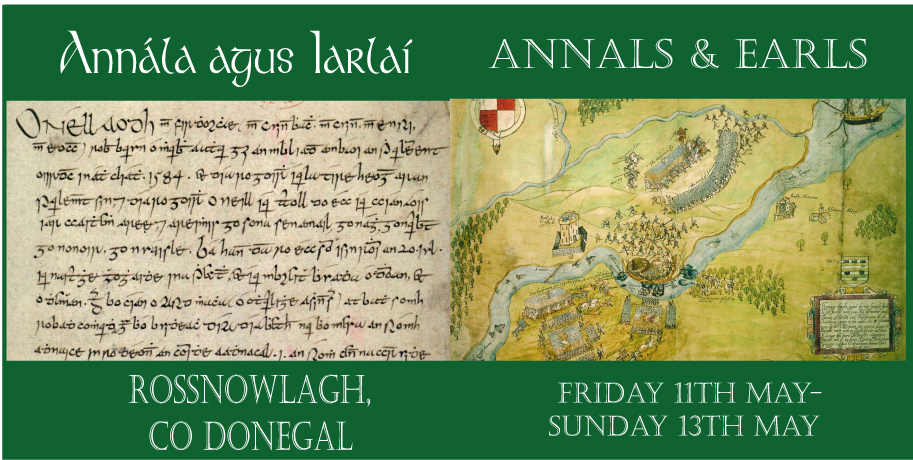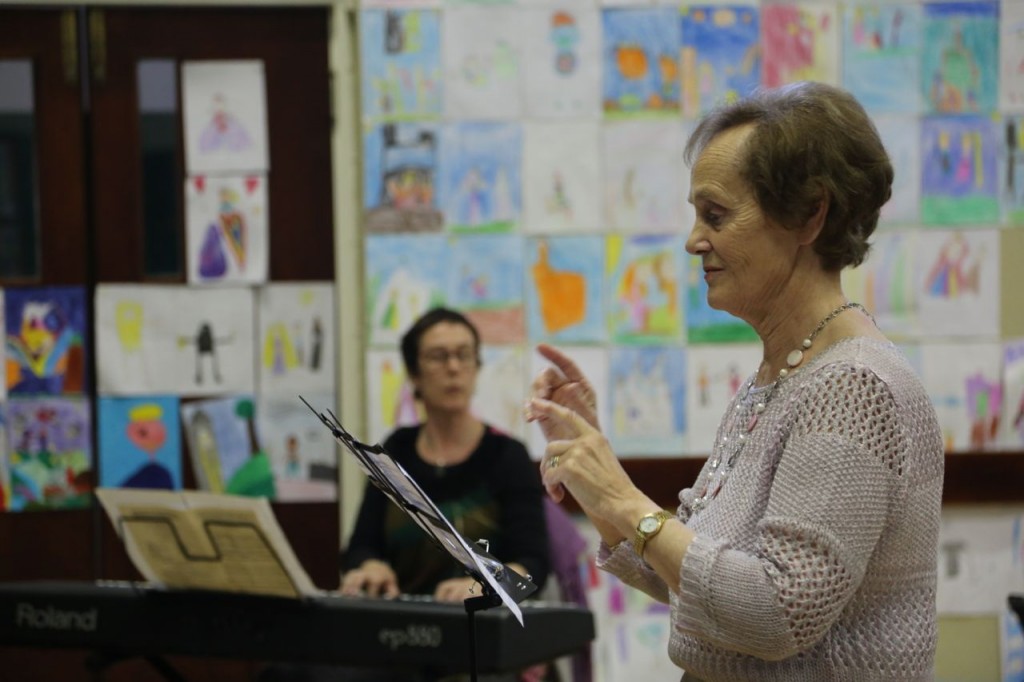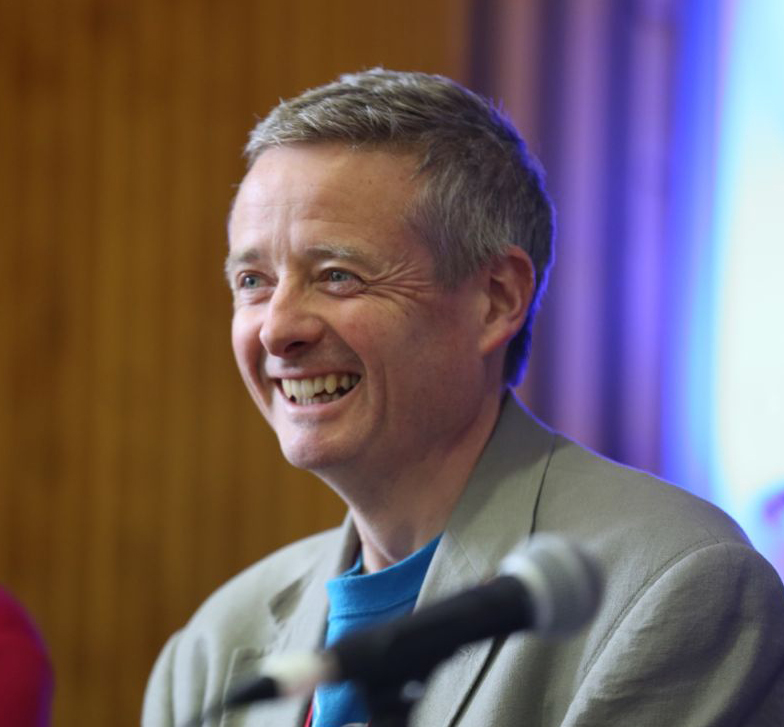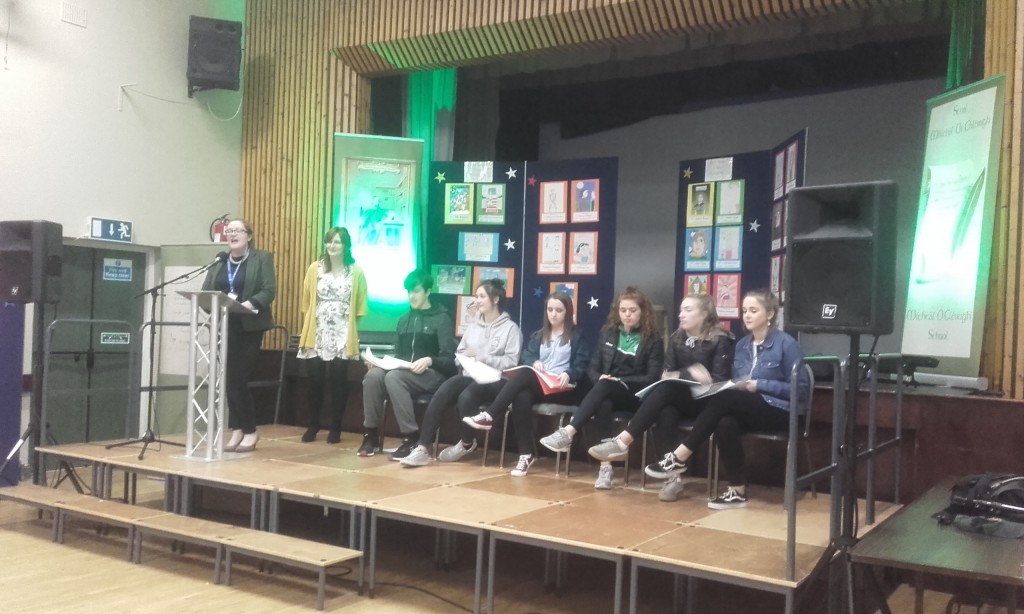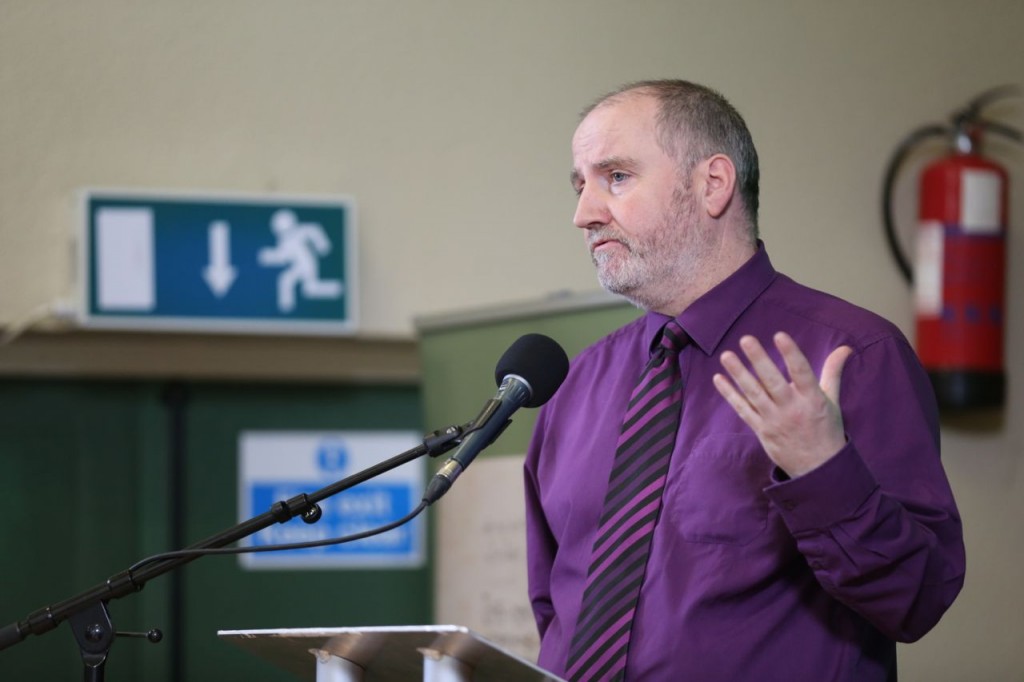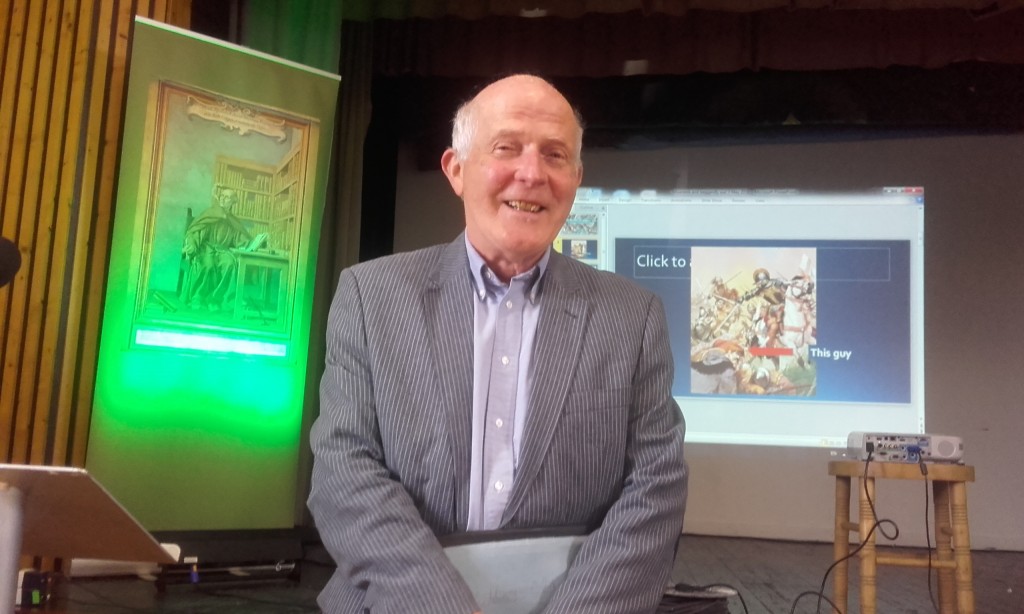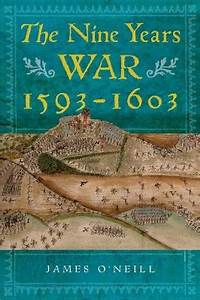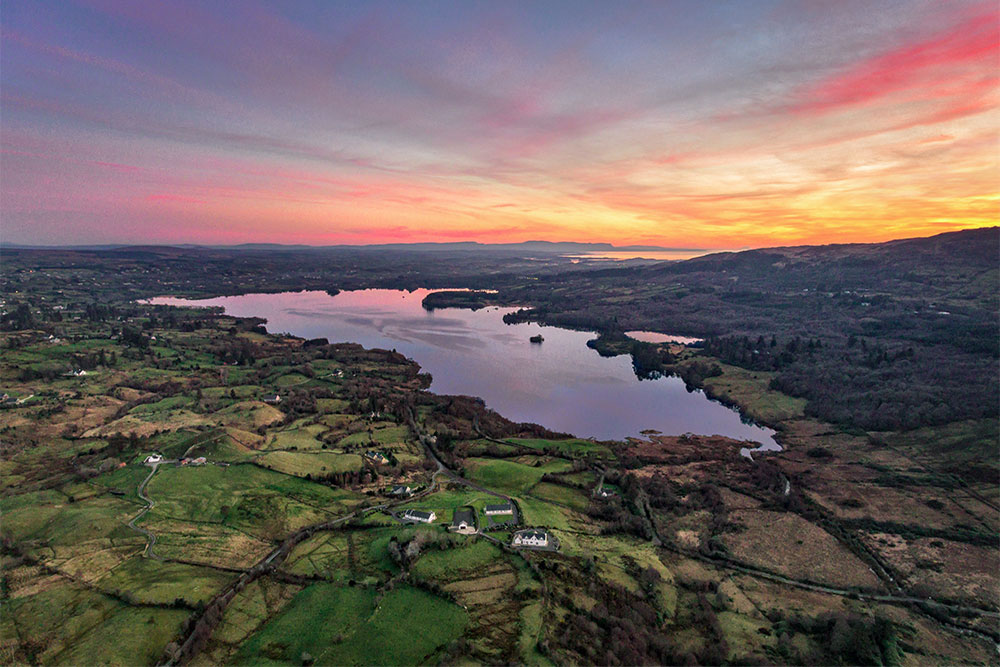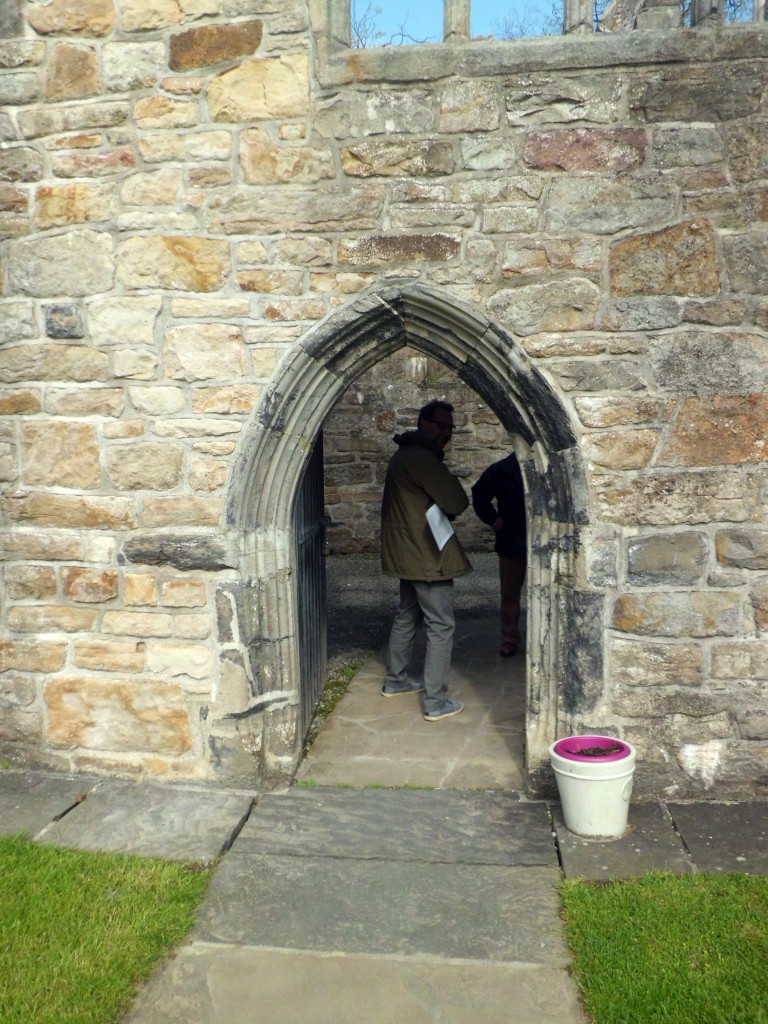Summer School May 2018
The 2018 Summer School was held on the weekend of Friday 11th May until Sunday 13th May
The theme was ” Annals and Earls, Annála agus Iarlaí ” it explored how the Annals of the Four Masters treated the events of the Nine Years War – the Flight of the Earls and he end of Gaelic hegemony in Ulster/
Friday 11th May 2018 Local Interest Events
Primary Schools Art Competition – Prize-giving
A record number of primary schools within the area took part in this years Summer School Art Competition . Prizes were awarded in four categories. The theme for the 2018 Mícheál Ó Cléirigh Summer School was “Lords & Ladies” and as well as prizes for first, second and third places a number of pupils in each category received a small prize along with the customary highly commended certificates. The Categories were: Junior Infants and Senior Infants (A4 size)-First Class and Second Class (A4 size) -Third Class and Fourth Class (A4 size)- Fifth Class and Sixth Class (A3 size)
The Prizegiving

Musical performance by Cór Craobhaigh
In 1987 Angela Currid established a junior choir, Cór Craobhaigh. Cór Craobhaigh has been performing locally and nationally for thirty years. The group has provided hundreds of local children with an introduction to music and contributes hugely to the musical fabric of the locality. Their performance at the 2018 Summer School was excellent. She was assisted by her daughter Niamh on keyboard.
The Annals- an overview
John Mc Cafferty gave a short talk explaining to everyone what the “Annals of the Four Masters” were and the way the books were constructed and how this was a very radical development in the early 17th Century. He also remarked that only that this work was undertaken the loss to Irish history would be on the same scale as the loss of material in the Four Courts in 1922 were to family records, as subsequently many of the source manuscripts that they used were lost in the upheavals in the 17th and 18th Centuries.


Modern Annals
This is the project carried out by the transitional year students of Coláiste Cholmcille, Ballyshannon. The project involved each student recording their activities and interests over a period of their lives. One student studied the history of Manorhamilton, writing it in script like the ancient annals. Whilst others investigated the recycling of rubbish culminating in their making and designing their “junk wear” The projects were presented by Sinead Keogh.
Saturday 12th May 2018- Family History Morning
Clan Ua Chléirigh Gathering
Welcoming all O’Clerys, Clerys, Clearys, Clarys, Clark(e)s and Clerk(e)s. The surname derives from the personal name Cléireach meaning a scribe or clerk who was the grandson of King Guaire of Connacht members of the Hy Fiachrach Aidhne tribe. This ancient Connacht tribe originally came from the area of north east of Kilmacduagh (Co Galway) but were dispersed to many parts of Ireland in the 13th Century including Mayo, Cavan, Kilkenny and later Donegal where the branch became chroniclers to the ruling O’Donnells .
There was a brief introduction by Fergus Cleary on the of the clan and where around Ireland it dispersed to in the 13th Century.
Madeleine Cleary told the story of the Kilbarron branch of this ancient clan and in particular that of her ancestor Flann O’Clery whose tombstone is one of the oldest found in the Abbey Assaroe graveyard dating to 1666. He was a third cousin of Br. Micheál Ó Cléirigh.
,
Genealogy Links by Frank McHugh
Many of us at school were taught history as an academic subject where we learned about the great occasions in history, wars, battles, invasions and those who were emperors, kings or statesmen. But what of the ordinary folk, our ancestors – who were they and how did the events of history affect their lives?
Frank McHugh told those in attendance that the first step in finding out about your family’s past is to talk to elderly relatives, show them pictures of family (if you have them) and get as much first hand information as possible.
He also gave advice and tips on the best websites to visit where the information is free.
Born in Belfast to Fermanagh parents, Frank McHugh has a Postgraduate Certificate in Genealogical, Palaeographic and Heraldic Studies from the University of Strathclyde. He is currently a Director of the Fermanagh Genealogy Centre and also works as a freelance Researcher and Genealogist.
Saturday Afternoon – Summer School Events
Opening of the Summer School
by Professor Emeritus Pádraig Ó Riain
Professor Emeritus Padraig Ó Riain agreed to step in at short notice to step in due to the cancellation of one of the speakers to open the 2018 Summer School. This was the second time that Professor Ó Riain has given a talk to the Summer School (first in 2015) and in his address he told us about the Annals and their importance to our modern understanding of Irish history.
O’Neill & O’Donnell & the war in the west
by James O’Neill UCC

James O’Neill whose book “The Nine Years War 1593-1602” was published in 2017, was unable to attend the weekend due to personal reasons. However James kindly sent his presentation along to the Summer School and it was delivered by Professor John Mc Cafferty.
John McCafferty is Director of the Mícheál Ó Cléirigh Institute, a partnership between University College Dublin and the Irish Franciscans. He holds a PhD in history from Cambridge University and has taught in UCD, where he took his first two degrees, since 1994. He has published on the histories of both Protestant and Catholic Churches in early modern Ireland. He has spoken in the 2014 School on The Franciscans in Exile At the 2015 School on Why the Irish Saints mattered so much to the Irish Franciscans the and at the 2016 Summer School on Wanderers How the Friars decided that the Irish “Saved Civilisation
The very interesting aspect of James O’Neill’s research was that both contemporary Irish and English accounts of the war underplayed the sophistication of both Hugh O’Neill’s forces in central Ulster and those of Aodh Ruaidh O’Donnell’s forces in west Ulster and North Connacht. The English explained their defeats in the field by the excuse that their opponents used unfair and ungentlemanly tactics. Whilst the Irish accounts principally that of Lughaidh O’Clery and written some years afterwards extoll the simplicity of the Gaelic forces against the overwhelming might and modern armaments of the English forces. Nothing could be further from the truth! Both armies employed modern 17th Century battlefield tactics.
The O’Donnells in Hapsburg Vienna- The saviours of an Empire?
by Dagmar O’Riain Raedel UCC
Dr Dagmar Ó Riain-Raedel has been a member of the Department of History, University College Cork with a special research interest in Medieval History. She has lectured and published widely on the connections between Ireland and Europe from 600 to the 19th century. She has a special interest in art and architecture, both medieval and modern and, particularly, in the buildings of Cork. In the last few years she has researched the legacy of the architectural family of Hills which contributed many noteworthy buildings to Cork.
During her presentation, Dagmar O’Riain Raedel talked about the Austrian O’Donnells and how they saved the Hapsburg Empire. It’s a very fascinating story but one small incident can be revealed It happened on February 18, 1853,when the Emperor Franz Joseph was taking a stroll in the palace gardens in Vienna. disgruntled former Hussar and Hungarian nationalist called János Libényi attacked the Emperor wielding a knife. Count Maximilian Karl Lamoral O’Donnell (a direct descendant of Major General Henry O’Donnell of Newport) stepped between the two helped by one Joseph Ettenreich, a butcher by profession both managing to disarm the assailant.
Franz Joseph rewarded both men and remained on the Austro- Hungarian throne until he died in 1916. The Empire did not survive the First World War and broke up into many of the independent nations of Austria Hungary Czechoslovakia Yugoslavia and the re created country of Poland in central Europe.
Keynote Address:
Roisin Dubh-The story of Ireland or a Franciscan led astray?
by Cathal Goan Director General RTÉ 2003-2010
Was Róisín Dubh truly a song about Ireland or was it about a friar’s love for a woman! The question was raised by former RTE Director General Cathal Goan as the keynote speaker at the Micheal O’Cleirigh Summer School in May. He examined if the 16th-century song Róisín Dubh – Black Rose – is truly a metaphor for Ireland or a song of a Franciscan led astray by a woman’s beauty. The song has references to friars out on the brine and to the Erne, which passes through the County Donegal town of Ballyshannon, close to where Franciscan Brother Micheal O’Cleirigh was born at Creevy.

Sunday 13th May 2018
Summer School Tour – Donegal Castle- Lough Eske & Barnesmore Gap
The tour left from the Friary front carpark travelling to Donegal town, visiting the restored Donegal castle and seeing the models of Kilbarron Castle and Kilbarron Church both important landmarks in the life of Mícheál Uí Cléirigh. The tour continued around Lough Eske seeing the many historic landmarks in the vicinity including the possible location of the friars refuge after the destruction of the friary in 1600. Travelling onto Barnesmore Gap, the group stopped for tea , coffee and scones at Biddy O’Barnes. Afterwards returning to Rossnowlagh. Here are some pictures of the trip
Seen here on the left is the doorway in the Jacobean annex of Donegal Castle believed to have been taken from the ruins of the nearby Franciscan Friary

